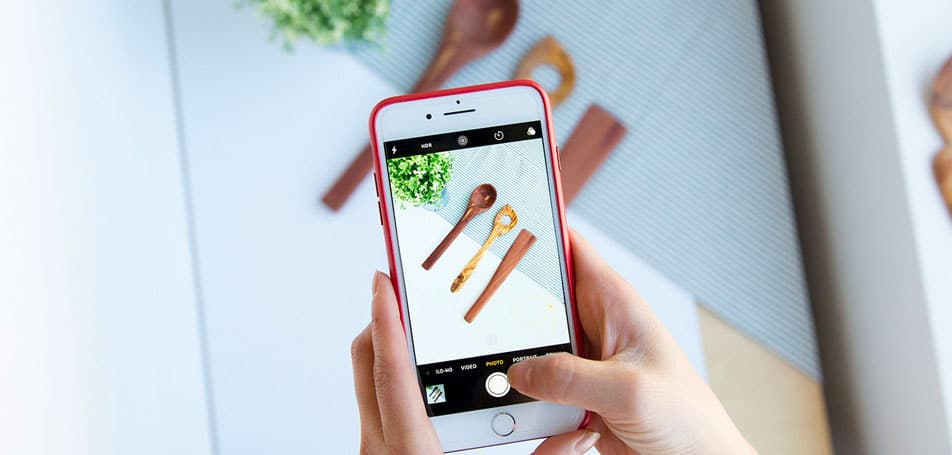
Marketers this year have been focused intently on mobile optimization. Some of the top eCommerce projects have included doing research into effective voice search SEO, running tests to find the best mobile practices, and developing PWAs. Although these trends are still relatively new, there is already talk about an entirely new way for consumers to shop online: visual search.
What is Visual Search?
First of all, visual search is different than image search. You’re probably familiar with image search, or using a search engine like Google Images to find pictures of the item you’re looking for. To do an image search, you either need to type in a few descriptive keywords or run a “reverse image search” on an image you find online.
In contrast, visual search wouldn’t require you to type anything into a search engine to find an image. You could simply take a picture of something using your phone or mobile device and let the search engine use image recognition technology to figure out what the object is and suggest visually similar images.
Kamlyn Spivey, an account manager at Hanapin Marketing, poses the following questions in order to explain how visual search could change the game for eCommerce retailers and their customers:
- How many times have you tried to find a product online that you saw in a physical store a few days earlier?
- Have you struggled to describe an item accurately enough to get the search results you need?
- Is it difficult to research a product online when you’re not sure of the product name or brand?
- Would your life be easier if you could simply take a photo of something and get the search results you need right away?
Visual search would certainly be an asset for eCommerce customers and retailers; but just how realistic is this technology? You may be surprised to hear that Pinterest has already been offering visual search capabilities since 2014!
Why Visual Search is Important to Address
It’s unusual that Google isn’t leading the charge when it comes to visual search, but with Pinterest’s ongoing success, we expect that major search engines will soon follow suit. For reference, Pinterest reports that their users conduct over 600 million visual searches every month! In addition, stores like Target, Asos, Home Depot, and Bed Bath & Beyond have started to incorporate visual search tools into their websites to help customers find exactly what they’re looking for.
However, the major obstacle that retailers and developers face with visual search is that the technology is still a work in progress. Visual search functions have improved when it comes to recognizing and identifying different parts of an image, but they don’t always display the most relevant images in return. Nonetheless, eCommerce leaders should be preparing their own sites to accommodate customers who want to use a visual search tool.
Benefits for Consumers
Vic Drabicky, founder of January Digital, says that, “Visual search has a strong use case all the way up and down the funnel, which makes it extremely valuable.” Joe Zappa, the managing editor of Street Fight, agrees with this sentiment. “While visual search isn’t exactly catching on like fire yet, its evolution is buttressed by powerful developments of late in the tech industry,” Zappa explains.
As the technology continues to evolve and grow in popularity, we predict that customers will appreciate the following features of visual search:
- High-quality images. For visual search to function accurately, retailers may have to upgrade the photos on their websites. Consumers will be happy to see products displayed in sharper detail and higher resolutions.
- AR/AI functions. Through artificial intelligence and machine learning, search algorithms will be able to increase in accuracy over time. Augmented reality could enhance images that customers take and display product information directly on the photo they snapped.
- Convenience. Over 3 billion people now have access to smartphones, and mobile commerce is expected to increase exponentially in the next few years. Visual search can help retailers make the most out of consumer smartphone use.
- Highly relevant suggestions. Imagine if a customer was searching for new furniture for their apartment. As the customer is browsing a home goods store, they could take a picture of a sofa they like and view other visually similar images. They may stumble upon matching armchairs or throw pillows to complement the couch, making their shopping trip a breeze.
















